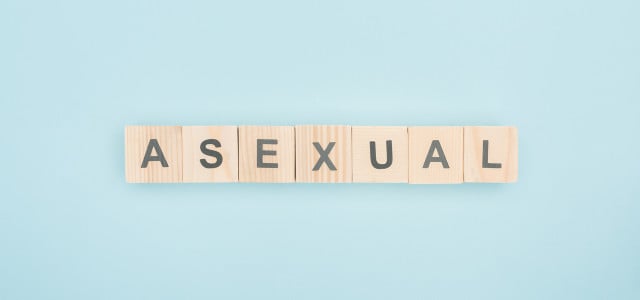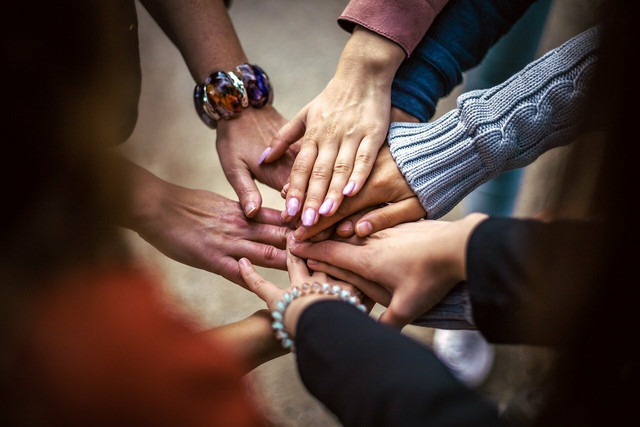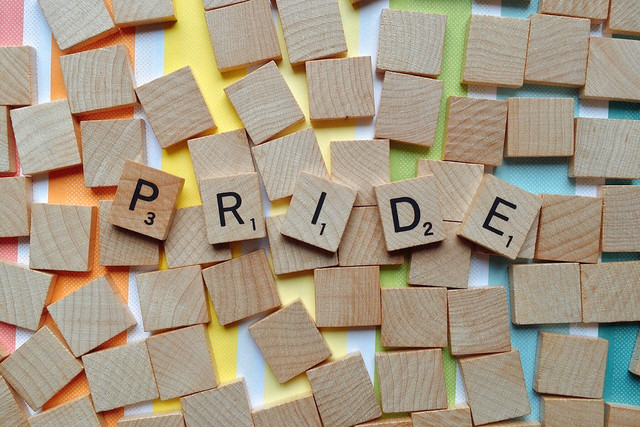
Asexuality means having little or no desire for sex with other people. In this article you will find out why it is important to give asexual people more visibility.
“People just don’t know about asexuality or have never heard of it. It totally inhibits me when I want to talk about it.” These are the words of Clara, who spoke about her asexuality in an interview with UNICUM in 2017. She says she’s not generally sexually attracted to other people, nor does she have any desire to sleep with anyone.
It is estimated that about one percent of the world’s population is similar to Clara. As a minority, asexual people have long been invisible in social life. Even if they are gradually becoming more visible, they are still heavily stigmatized, especially by heterosexuals. A US study from 2012 found that heterosexual people are often hostile to asexual people and see them as “less human”.
Asexual is therefore above all a political self-designation, under which individuals fight for more visibility and respect – and this is particularly the case during Pride Month.
This is how asexuals are discriminated against
Only in the last 20 years has asexuality slowly gained more visibility. This is mainly due to the fact that the asexual community is becoming more networked and organized. In 2001, the American David Jay founded the “Asexual Visibility and Education Network” (AVEN). This is a platform on which asexual people were able to exchange ideas for the first time. Today you can also find numerous experience reports and answers about asexuality in the German-language AVEN forum.
According to the Tagesspiegel, asexual people have to struggle with one of the prejudices in particular: that asexuality is a disorder or illness that needs to be treated. Asexuals often have to listen to the fact that it is a conscious decision to abstain or is only a short-term phase. Such statements discriminate against asexual people by labeling them as “different” and “abnormal”. After all, individuals have to justify themselves over and over again for not being sexually active.
Activists are therefore fighting for asexuality to be recognized in society as another sexual orientation alongside heterosexuality, homosexuality, bisexuality or pansexuality.
Asexuality: A wide spectrum

(Photo: CC0 / Pixabay / Bob Dmyt)
Asexuality can look a little different for each asexual person. For example, some feel attracted to other people on an emotional level and may have a desire for close physical contact. Others may also be sexually active with relationship partners – for example, if they want to have children or find some sexual acts arousing under certain circumstances.
The opposite of asexual is “allosexual”. Allosexuals generally feel sexually attracted to other people. Asexual and allosexual are just the endpoints of a wide spectrum that includes numerous other modifications and variations. Some people who are in the middle of the two poles describe themselves as “grey-asexual” because they locate themselves in the “grey area”, so to speak. Demi-sexual is a term used to describe people who require a strong emotional bond with a person before engaging in sexual activity with them.
In addition, according to the Tagesspiegel, there is a difference between sexuality and romance – and accordingly between asexuality and aromanticism. Aromantic people do not feel the need to form romantic commitments, but may still be sexually active. Individuals who identify as asexual and aromantic have neither the need for sexual activity nor for romantic relationships. However, this does not exclude them from maintaining close friendships, for example.
Thus, asexuality can occur in combination with very different romantic orientations. It is therefore independent of whether you are, for example, hetero- or homoromantic or queer.
Non-asexual people: How to show solidarity

(Photo: CC0 / Pixabay / Wokandapix)
You may have noticed the flag of asexuality at Pride demonstrations. This consists of four differently colored stripes. Black represents people who identify as completely asexual. Gray represents demi-sexual and gray-sexual individuals. White represents non-asexual allies. Purple, in turn, is intended to symbolize solidarity and community.
In order to show solidarity with the asexual community and also as a non-asexual ally to fight for the recognition of sexual orientation, June as Pride Month offers you numerous opportunities to demonstrate together.
Read more on Techzle.com:
- Progress Pride Flag: History, Design and Where It Has Been Hanging So Far
- Pinkwashing: That’s behind it
- “I have a lot of respect”: surgeon talks about gender reassignments